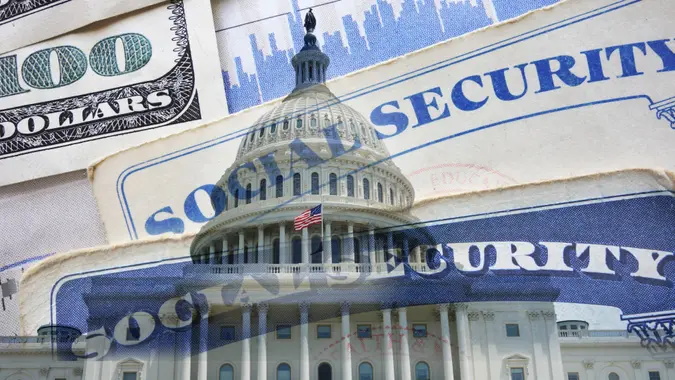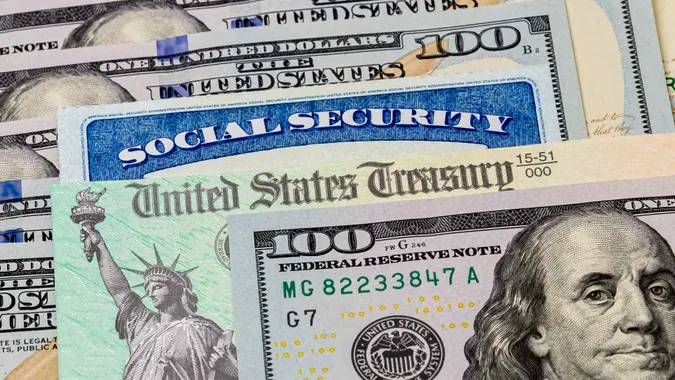Major 401(k) Change Coming in 2026 — High Earners Must Act Now

Commitment to Our Readers
GOBankingRates' editorial team is committed to bringing you unbiased reviews and information. We use data-driven methodologies to evaluate financial products and services - our reviews and ratings are not influenced by advertisers. You can read more about our editorial guidelines and our products and services review methodology.

20 Years
Helping You Live Richer

Reviewed
by Experts

Trusted by
Millions of Readers
There are several good ways to set yourself up for a comfortable retirement. One of the best is to regularly contribute to a 401(k). These tax-advantaged accounts allow you to grow your income over the course of your career and then live off a steady income stream in retirement.
If you contribute to a 401(k) or are considering starting one, keep in mind that some significant changes are coming that may alter your savings strategy. Here’s what you need to know.
First, a Bit About Contributing To Your 401(k)
A 401(k) is a retirement savings account that offers tax advantages. Unlike other retirement accounts, your employer offers a 401(k) and allows you to decide how much of your monthly income to contribute to your plan. Your employer deducts the amount you choose from your paycheck and transfers it to your 401(k) account untaxed. It can then grow uninterrupted by capital gains tax until retirement.
Why Contribute?
There are several good reasons to regularly contribute to your 401(k). Because this is a tax-deferred account, you won’t pay taxes until you make withdrawals in retirement. This means that you could pay less in taxes overall. By deferring taxes and paying them when you take withdrawals in retirement, in most cases, you’ll be in a lower tax bracket and pay a lower percentage.
Depending on your employer, you may also be eligible for an employer match. An employer match is when your employer doubles your contributions to your 401(k) up to a specific limit, resulting in free money that grows over time.
Catch-Up Contributions
As of 2025, individuals under 50 can contribute up to $23,500 to their 401(k) plan annually. The IRS allows employees ages 50 and older to make an additional $7,500 catch-up contribution. This catch-up contribution amount increases to $11,250 for employees between the ages of 60 and 63. In total, 401(k) contribution limits with employee matches cannot combine to over $70,000 per year, excluding catch-up contributions.
Now, About the Upcoming Change
The changes to 401(k) contributions won’t affect you unless you’re an employee who is 50 or older and makes $145,000 or more annually. These changes come from the Secure 2.0 Act, which was put in place to make it easier for employees to save for retirement.
These high earners must contribute their catch-up funds to a Roth 401(k) instead of a traditional 401(k). This is a different type of tax advantage, where employees pay taxes on contributions immediately, the funds then grow in the investment accounts tax-free, and retirees don’t pay any taxes upon withdrawals.
The downside of this for high earners is that they will be in a high tax bracket while employed, meaning they’ll pay a higher percentage than they probably would in retirement. However, those ages 50 and older who contribute catch-up money, but don’t make over $145,000 per year, can continue to defer taxes until they make withdrawals. Because this change isn’t coming until 2027, high earners eligible to make catch-up contributions should max out their contributions while they can.
More From GOBankingRates
 Written by
Written by  Edited by
Edited by 

























